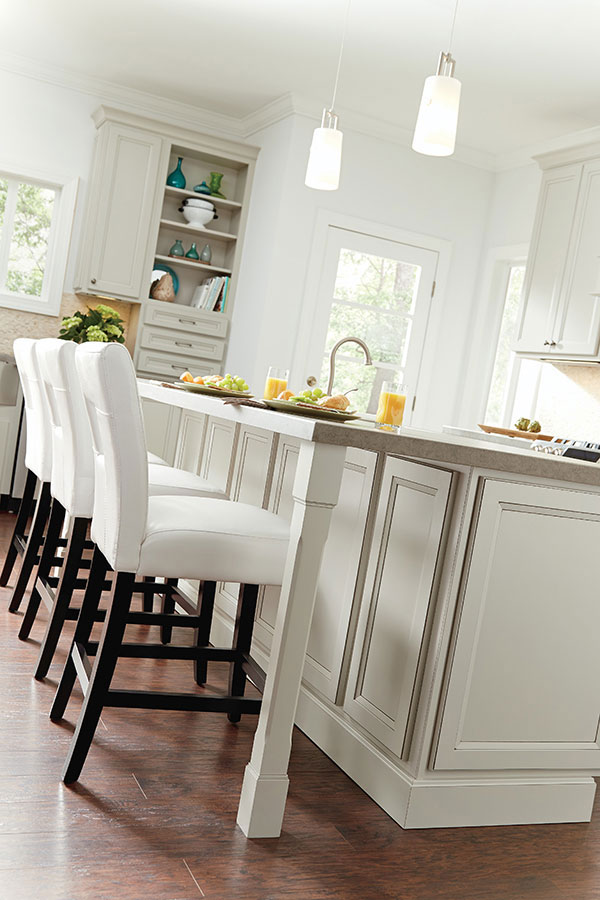Durable and Trendy Options for High-Quality Legs For Kitchen Island
Durable and Trendy Options for High-Quality Legs For Kitchen Island
Blog Article
An Overview to Choosing the Perfect Legs For Cooking Area Island for Your Home
Choosing the perfect legs for your kitchen island is a nuanced decision that affects both the capability and visual charm of this central space. As you consider these components, it comes to be obvious that the ideal legs can change not only the appearance of your kitchen area but likewise its use for years to come.

Understanding Cooking Area Island Legs
When selecting legs for a cooking area island, it's vital to comprehend their practical and visual duties in the general layout. The legs act as a critical assistance system, making sure security and resilience for the island, which usually operates as a work space, eating location, or collecting area. Consequently, the choice of product and building and construction strategy should be robust adequate to endure daily use and prospective wear.
In addition to their structural responsibilities, legs contribute dramatically to the island's visual charm. They can improve the kitchen area's design, whether with traditional, contemporary, or eclectic styles. The height and percentage of the legs are likewise vital factors to consider; they need to integrate with the island's counter top height while guaranteeing comfortable seating for those using the room.
Furthermore, the leg design can affect the general flow of the kitchen area. Open, ventilated leg styles can create a feeling of lightness, while strong, substantial legs might share a more grounded and steady aesthetic - Legs For Kitchen Island. Recognizing these practical and aesthetic aspects will lead home owners in making informed choices that match their cooking area's design and enhance its functionality
Popular Styles and Materials
The choice of legs for a kitchen island includes a selection of prominent styles and materials, each offering distinct qualities that can enhance both functionality and appearances. Traditional legs usually show ornate details and craftsmanship, improving classic kitchen area layouts.

Height and Security Factors To Consider

The legs of the kitchen island must provide appropriate support, making certain that the structure can withstand everyday use without shifting or tottering. Product selection plays a substantial role in security; steel legs, for circumstances, tend to use higher strength contrasted to wood.
Matching Your Kitchen Visual
Selecting the right legs for your cooking area island surpasses functionality; it additionally plays a significant function in the general aesthetic of the room. When picking legs, think about the layout style of your cooking area. For a modern look, smooth steel or minimal designs can produce a clean, modern ambiance. On the other hand, typical or rustic kitchens often gain from wooden legs with complex outlining or a troubled coating, improving warmth and personality.
Legs that enhance or contrast with your island's surface area and bordering cabinetry can create aesthetic harmony or striking focal factors. Furthermore, take into consideration the coating of the legs; matte, glossy, or textured finishes can considerably influence the total feel of the kitchen area.
Setup and Upkeep Tips
Installing cooking area island legs requires cautious interest to detail to make certain both security and aesthetic charm. Begin by picking an appropriate area for your island, ensuring it is level and has enough area for activity. Utilize a stud finder to find wall studs if you are connecting the legs to a wall surface or utilizing braces for added our website assistance. Mark the positioning of the legs precisely before boring.
When protecting the legs, use top quality screws and, if needed, wood adhesive for additional strength. For metal legs, ensure that you are making use of ideal supports and a fantastic read devices to avoid damage to your floor covering. It is recommended to look for levelness after setup, making changes as required to prevent tottering.
Upkeep is equally crucial for durability - Legs For Kitchen Island. Consistently check the legs for any kind of indications of wear or helping to loosen, particularly in high-traffic areas. Clean the legs with an appropriate cleaner, preventing rough materials that might scrape the surface area. For wooden legs, consider using a wood conditioner occasionally to preserve their surface. By adhering to these installation and maintenance tips, you can make certain that your cooking area island legs continue to be both visually enticing and practical.
Verdict
In verdict, selecting the suitable legs for a kitchen area island necessitates mindful consideration of height, security, and visual compatibility. By picking ideal materials and styles that line up with the general cooking area style, functionality can be enhanced while preserving aesthetic appeal. Appropriate installment and continuous maintenance better add to the resilience and long life find this of the cooking area island. Ultimately, thoughtful leg choice plays a vital role in elevating both the functionality and design of the kitchen room.
When selecting legs for a cooking area island, it's crucial to comprehend their useful and visual roles in the overall design. Open, ventilated leg styles can develop a sense of lightness, while solid, significant legs may convey an extra grounded and stable aesthetic. The legs of the cooking area island should offer ample support, making certain that the structure can withstand everyday use without wobbling or changing.Mounting cooking area island legs requires careful attention to information to guarantee both security and aesthetic charm.In verdict, selecting the appropriate legs for a kitchen area island necessitates mindful factor to consider of elevation, security, and visual compatibility.
Report this page